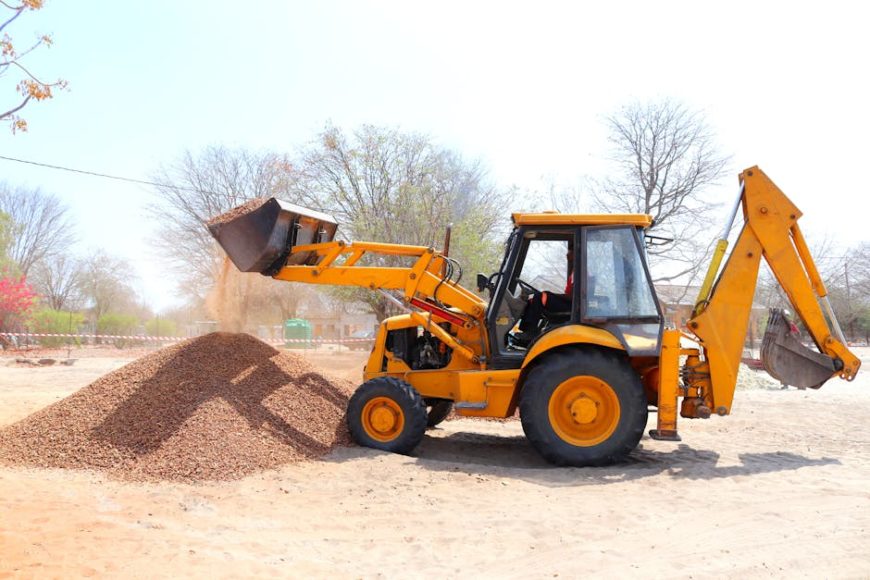- July 25, 2024
- By
- In Uncategorized
- 190
- 0

Getting ready for equipment transport can seem daunting, but with the right steps, it’s a breeze. Let’s dive into how you can ensure your machinery arrives safely and on time.
Equipment transport involves moving heavy machinery from one location to another. This can include anything from construction equipment to industrial machinery. It’s a specialized service that requires understanding the nature of the equipment, the distance of transport, and the requirements at both the pickup and delivery points.
Central to successful equipment transport is choosing the right mode of transport, whether it be via road, rail, sea, or air. Factors such as cost, timeframe, and the specific needs of the equipment come into play when making this decision.
Another important consideration is the legal and regulatory requirements, which can vary significantly from one jurisdiction to another. Ensuring compliance with these regulations is critical to avoid costly delays or penalties.
When selecting a transport service, it’s crucial to consider their experience and expertise with equipment similar to yours. Look for companies with positive reviews and a track record of successful transports.
Discuss your specific needs in detail with potential service providers. This includes dimensions, weight, any special handling instructions, and your timeframe.
It’s also essential to understand the insurance coverage offered by the transport service. Make sure it’s sufficient to cover your equipment in the event of damage or loss during transport.
Begin by thoroughly cleaning your equipment. This not only makes it easier to inspect for any existing damage but can also prevent the spread of invasive species, a requirement in many regions.
Document the condition of your equipment with photos and a detailed inspection report. This will be invaluable in the event of any disputes over damage.
Secure loose parts or accessories to prevent loss or damage during transport. In some cases, partially disassembling your equipment may be necessary.
Using the correct securing methods is essential for the safety of your equipment during transport. This may involve straps, chains, or other devices designed to hold your equipment firmly in place.
Ensure that the transport service you choose is familiar with the best practices for securing equipment like yours. They should also perform a final check before transport to confirm that everything is properly secured.
Insurance coverage is a key aspect of equipment transport. Verify what is covered by the transporter’s insurance and what might require additional policies.
Familiarize yourself with the terms and conditions of the transport service’s liability. Knowing who is responsible for damages or losses during transport can save you a lot of headaches later on.
Consider consulting with an insurance expert to ensure that your equipment is adequately covered for all phases of the transport process.
Reconfirm the transport details with your service provider a few days before the scheduled pickup. Miscommunications can lead to delays or other issues.
Ensure that all documentation, including permits, insurance papers, and the inspection report, is in order and easily accessible.
Provide clear instructions for both the pickup and delivery locations. This includes contact information, hours of operation, and any site-specific requirements.
By following these key steps, preparing for equipment transport doesn’t have to be a complex puzzle. With careful planning, selecting the right transport service, and ensuring your equipment is ready and secured, you can rest easy knowing your machinery is in good hands. Remember, the goal is safe, efficient transport, and a bit of preparation goes a long way towards achieving that.